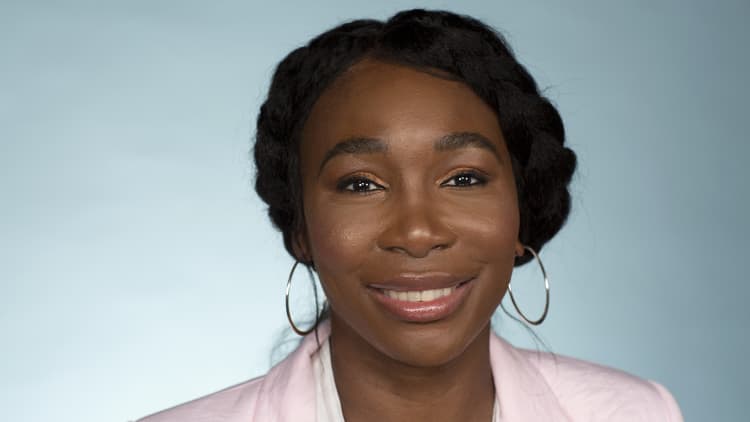The average millennial couple (aged 18-34) spends just over $3,000 on an engagement ring, while the average couple spends about $2,800, according to a TD Bank survey of over 1,700 U.S. adults. That's up from the millennial average of $2,600 noted in last year's report.
The average millennial budget — which could seem lavish, considering most millennials don't even have $1,000 in savings — actually surprised experts, who say the couples they typically work with spend between $4,500 and $6,000 on an engagement ring.
A tighter budget doesn't mean you have to end up with a cheap-looking ring, though. "If you buy intelligently, you can come out with something really nice," Ira Weissman, founder of the site The Diamond Pro, tells CNBC Make It. The key is to shop smart.
Get more diamond for your dollar
If you want to go to a high-end, name-brand retailer like Cartier or Tiffany & Co., you'll likely get a much smaller diamond for a budget of around $3,000. The least expensive diamond engagement offered online by Cartier, for example, is currently $2,990 for a ring with a center stone of 0.16 carats.
That's because many high-end retailers have much higher markups, Weissman says. If you want the most diamond for your dollar, go with a company like Blue Nile or James Allen, which typically has a markup of 10-15 percent, he recommends.
If you select a very simple setting, like a basic solitaire, you could get a ring with a nearly one-carat diamond for under $3,100. The good news is that a solitaire setting is the most popular setting, as well as a truly timeless option, Oded Edelman president and founder of the parent company of online jeweler JamesAllen.com, tells CNBC Make It. "It'll allow the diamond to really shine."
When it comes to the diamond, the goal is to get the lowest quality that still looks as good as a more expensive diamond to the naked eye, Weissman says. "When you're showing off the jewelry to someone, no one takes out a jeweler's loupe and starts examining it."
With this in mind, you can cut a few corners on the color and the clarity. For a round diamond, a J-color stone is fine, Wiessman says. A J diamond is classified as "near colorless." This type of diamond is the seventh grade down from perfect (a D stone), but these stones are typically half the cost. If you're looking for a princess-cut diamond, go for a slightly higher grade in color, an H or I diamond.
"It's not going to look yellowish at all to the naked eye, it's going to look like a white diamond," he says. Think of it like teeth. You'd never know someone had more yellow teeth until they were standing next to someone who just got a whitening treatment.
When it comes to clarity, diamonds with a few flaws inside the stone, called inclusions, are typically a good value. Diamonds are graded for their clarity on a scale from Flawless (FL) to Inclusions (I1-I2), so go for a diamond rated SI-1 or SI-2, which stands for "slightly included." Most people will never see the imperfections.
Opting for an undersized diamonds can also bring the price down, Edelman says. Instead of springing for that traditional one-carat diamond, for example, open up your range to consider a 0.9 carat diamond. "You'll have overall price savings and still have a diamond ring that looks like a one-carat ring," he says.
Don't miss: July is the best time to buy jewelry—here's what to know before you shop
Like this story? Subscribe to CNBC Make It on YouTube!



